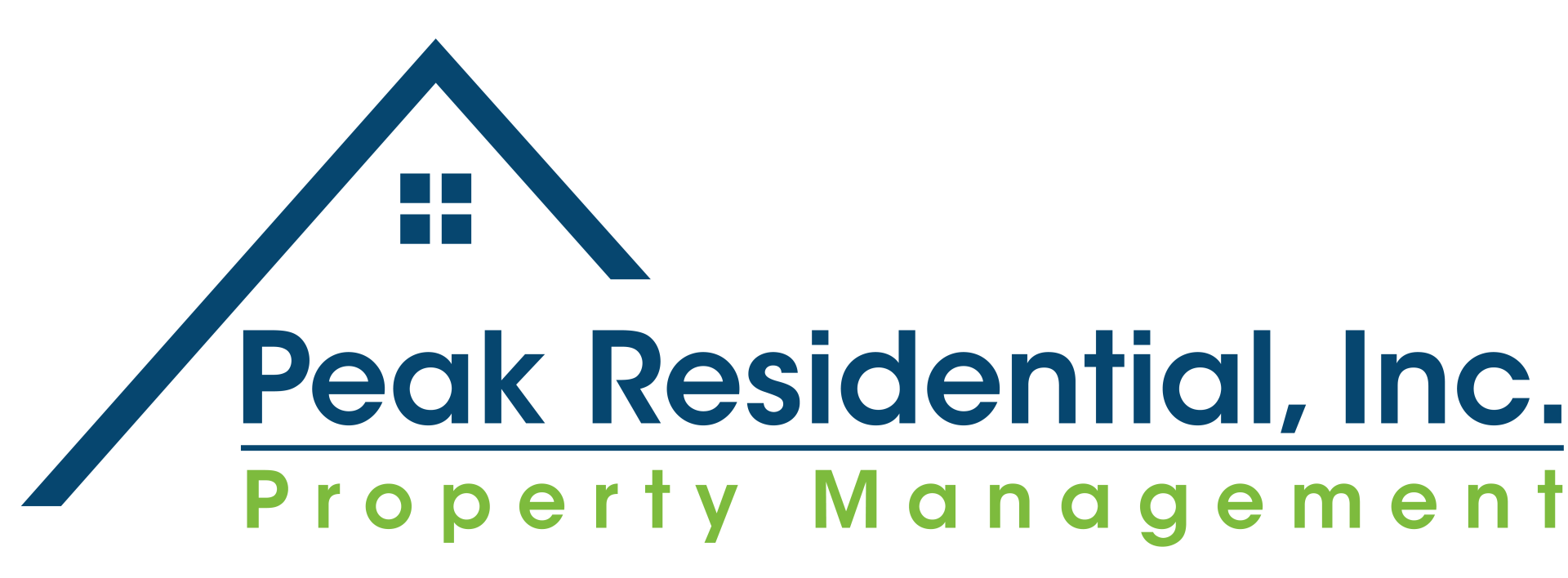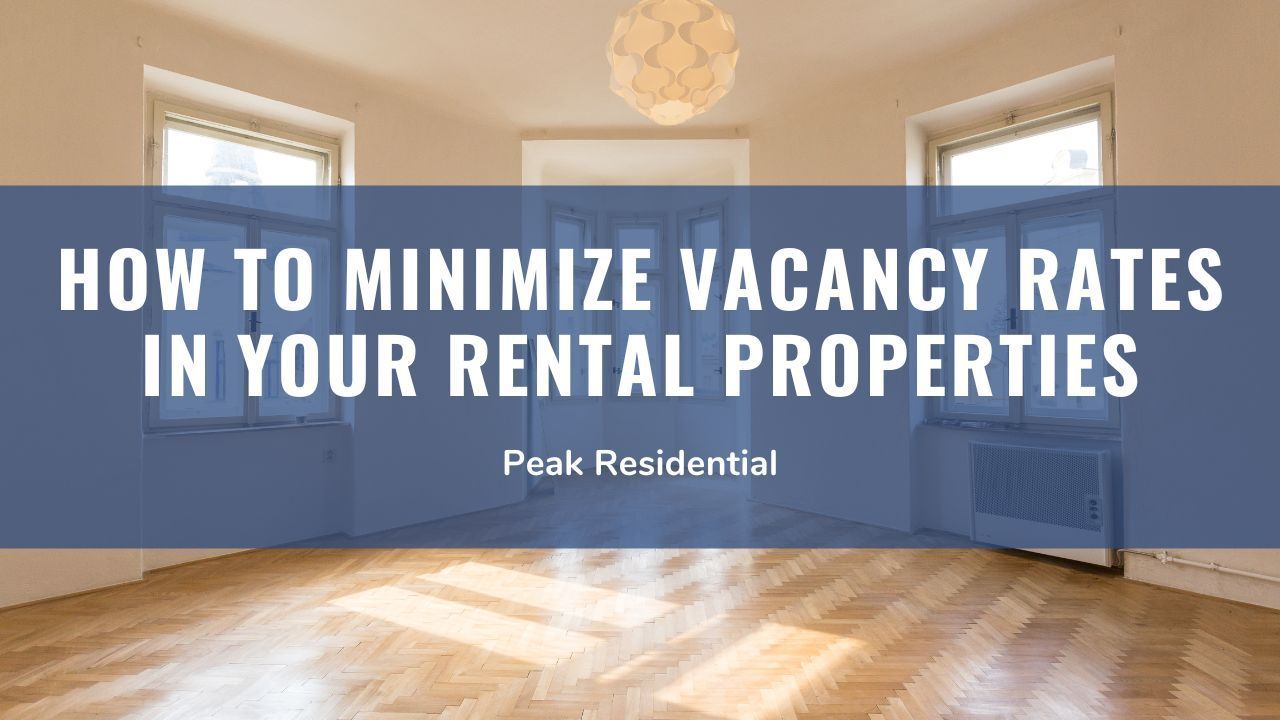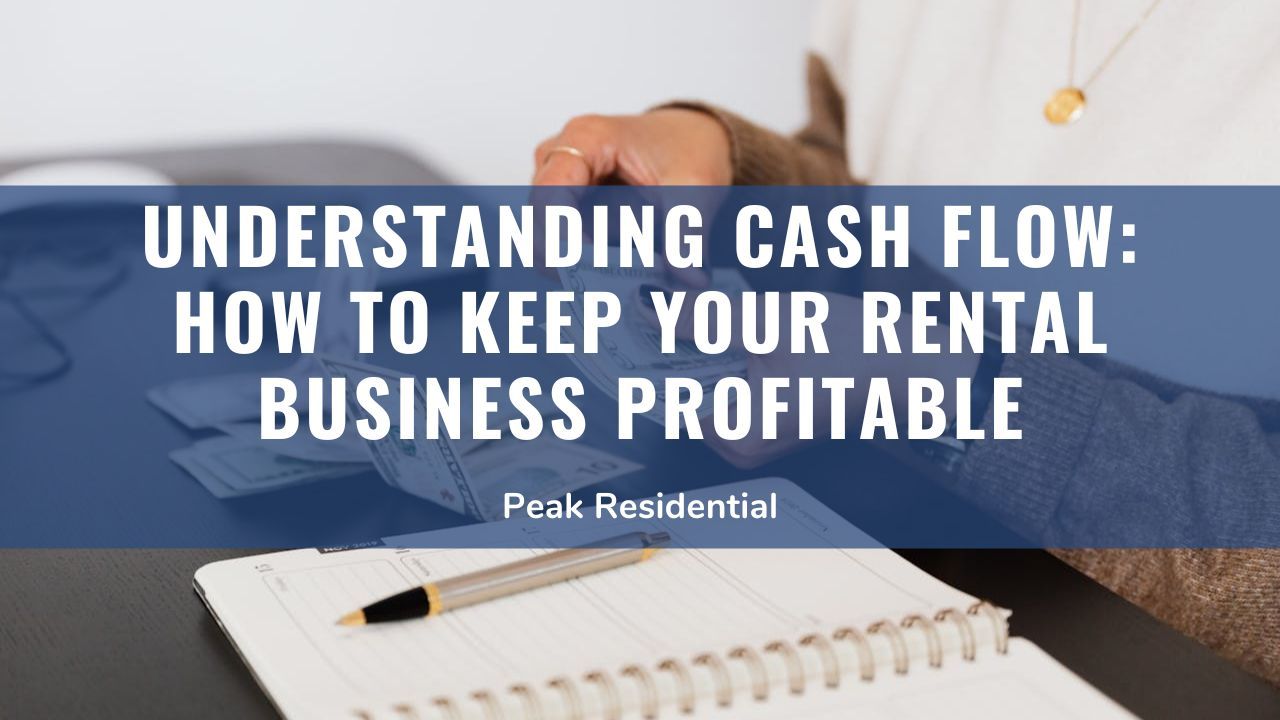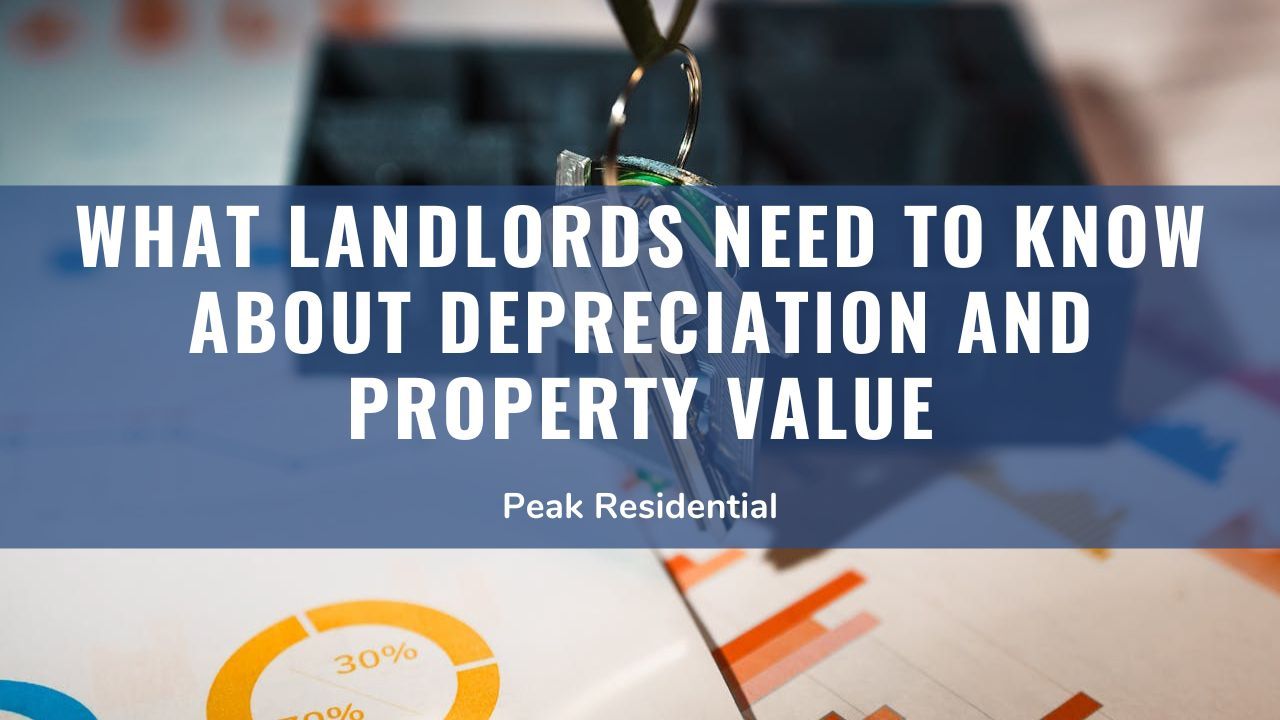Landlords face a myriad of decisions that can significantly impact their bottom line. To navigate this complex landscape successfully, landlords must understand key metrics that can help them make informed investment decisions.
This article delves into crucial real estate metrics every landlord should grasp, highlighting how they can optimize these metrics for greater returns.
Understanding Key Real Estate Metrics
Real Estate ROI (Return on Investment)
Return on Investment (ROI) is a key measure assessing an investment's profitability in relation to its initial cost.
The ROI formula is: (Net Profit / Cost of Investment) x 100
For landlords, calculating ROI allows them to assess the financial performance of their properties and compare different investment opportunities. It's important to differentiate ROI for residential and commercial properties, as the factors affecting profitability can vary significantly between the two.
Differentiating Return on Investment (ROI) between residential and commercial properties is essential for landlords to accurately assess the financial performance of their investments. While the core concept remains the same, the specific calculations for ROI vary between these two property types due to differences in revenue streams, expenses, and investment strategies.
- ROI for Residential Properties: For residential properties, ROI calculation typically revolves around rental income. The formula for ROI in residential real estate is:
ROI = (Net Profit / Total Investment Cost) x 100

- ROI for Commercial Properties: Calculating ROI for commercial properties involves considering factors such as rental income and operating expenses.
The formula for ROI in commercial real estate is:
ROI = (Net Operating Income / Total Investment Cost) x 100
Real Estate Appreciation Rates
Real estate appreciation, driven by factors like economic growth and market demand, reflects the gradual increase in property value over time. Understanding historical trends in appreciation is crucial for landlords, similar to predicting future property values.
Analyzing past patterns helps in identifying market cycles, anticipating fluctuations, and making informed decisions on property acquisitions, sales, or retention. This knowledge empowers landlords to capitalize on appreciation potential in upward markets or divest in declining ones.
Historical appreciation data also aids in due diligence for new investments, allowing landlords to assess growth potential and suitability. Ultimately, historical appreciation trends serve as a guiding compass, enabling landlords to navigate market uncertainties, optimize strategies, and maximize returns.
Cap Rate (Capitalization Rate)
The Cap Rate is a key metric used to evaluate the potential return on investment for a property.
The formula for Cap Rate is (Net Operating Income / Current Market Value) x 100
Landlords can use this metric to compare the profitability of different properties and assess their investment potential. By calculating ROI, landlords can not only evaluate the immediate returns generated by a property but also forecast its long-term profitability.

This comprehensive analysis enables landlords to make informed decisions regarding property acquisitions, identifying opportunities that align with their investment objectives and financial goals.
Understanding the cap rate empowers landlords to prioritize investments that offer the highest potential returns while minimizing risks, thereby optimizing their
investment portfolios for sustained growth and success.
Vacancy Rate
The vacancy rate illustrates the percentage of rental units currently unoccupied. A low rate suggests strong demand for rentals, whereas a high rate may indicate oversupply or other factors impacting rental income.
The formula for Vacancy Rate is:
Vacancy Rate = (Number of Vacant Units / Total Number of Units) x 100
Real Estate Turnover Rate
Turnover rate refers to the frequency at which tenants move in and out of a rental property. Understanding turnover rates can help landlords anticipate vacancies, plan for turnover costs, and implement strategies to minimize turnover and maximize occupancy.
You can use this Real Estate Turnover Rate formula:
Real Estate Turnover Rate = (Number of move-outs (per month/year) / Total Number of Units) x 100
Net Rental Yield
Net rental yield calculates the annual rental income generated by a property after expenses, expressed as a percentage of the property's market value. This metric provides landlords with a clear picture of their property's cash flow and overall profitability.

To find out your property’s Net Rental Yield, you can use this formula:
Net Rental Yield = ((Annual Rental Income - Annual Expenses) / Property Value) x 100
Gross Rental Yield
Gross rental yield measures the rental income generated by a property before expenses, expressed as a percentage of the property's market value. While gross rental yield provides a snapshot of a property's revenue potential, landlords should also consider expenses such as maintenance, property taxes, and vacancies to determine net profitability.
Use this formula to find out your property’s Gross Rental Yield:
Gross Rental Yield = (Annual Rental Income / Property Value) x 100
Cash Flow Analysis
Positive cash flow arises when rental income surpasses expenses, whereas negative cash flow arises when expenses exceed rental income. Landlords should conduct regular cash flow analyses to ensure their properties are generating sufficient income to cover expenses and provide a
return on investment.
Debt Service Coverage Ratio (DSCR)
The Debt Service Coverage Ratio (DSCR) assesses a property's ability to fulfill its debt obligations by utilizing its net operating income. A DSCR greater than 1 indicates that the property generates enough income to cover its debt payments, while a ratio less than 1 may signal financial risk.

To calculate DSCR you can use this formula:
DSCR = Net Operating Income (NOI) / Total Debt Service
Average Days on Market (DOM)
DOM measures the average number of days it takes for a property to sell or rent. Landlords can use DOM to gauge market demand and determine the best time to buy, sell, or rent their properties.
Price-to-Earnings Ratio (P/E Ratio)
The P/E ratio compares a property's market price to its annual rental income. A low P/E ratio may indicate that a property is undervalued, while a high P/E ratio may suggest that it is overvalued.
This is the formula for P/E Ratio:
P/E Ratio = Property's Market Price / Net Operating Income (NOI)
Real Estate Leverage
Real estate leverage involves utilizing borrowed funds to amplify potential returns on investment. While leveraging can enhance profits in an appreciating market, it also exposes investors to increased risk and susceptibility to market fluctuations.
Bottom Line
Understanding these key real estate metrics is essential for landlords to make informed investment decisions and maximize their returns. By carefully analyzing metrics such as ROI, appreciation rates, cap rate, vacancy rate, turnover rate, rental yield, cash flow, DSCR, DOM, P/E ratio, and leverage, landlords can identify profitable opportunities, manage risks, and enhance the performance of their investment portfolios.
At
Peak Residential, we understand the importance of these metrics in real estate investment. Our team of experts specializes in helping landlords navigate the complexities of the market, identify lucrative investment opportunities, and achieve their financial goals.
Whether you're an experienced investor or just starting out, Peak Residential is here to provide the support and guidance you need to succeed in the real estate market.
















